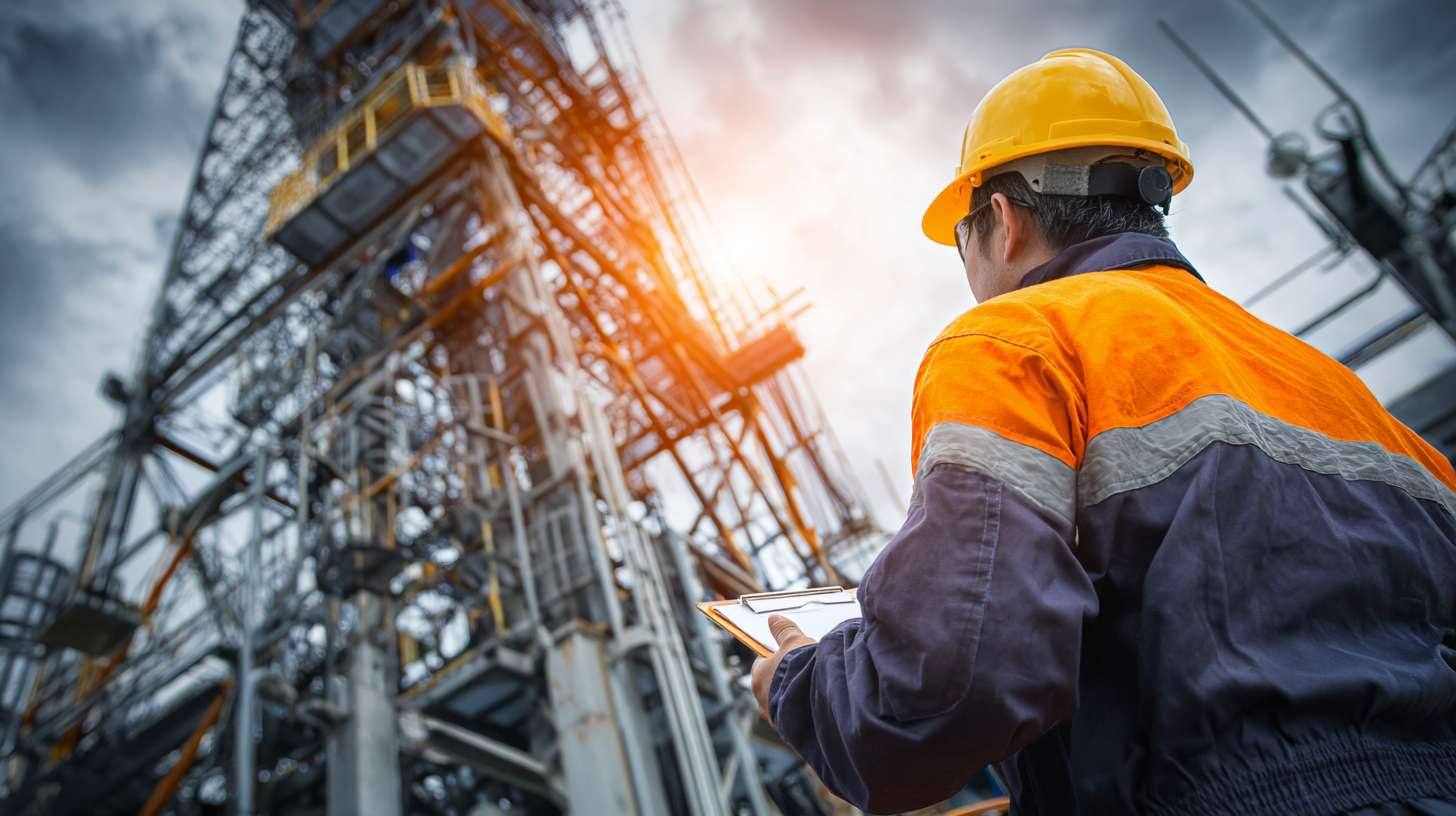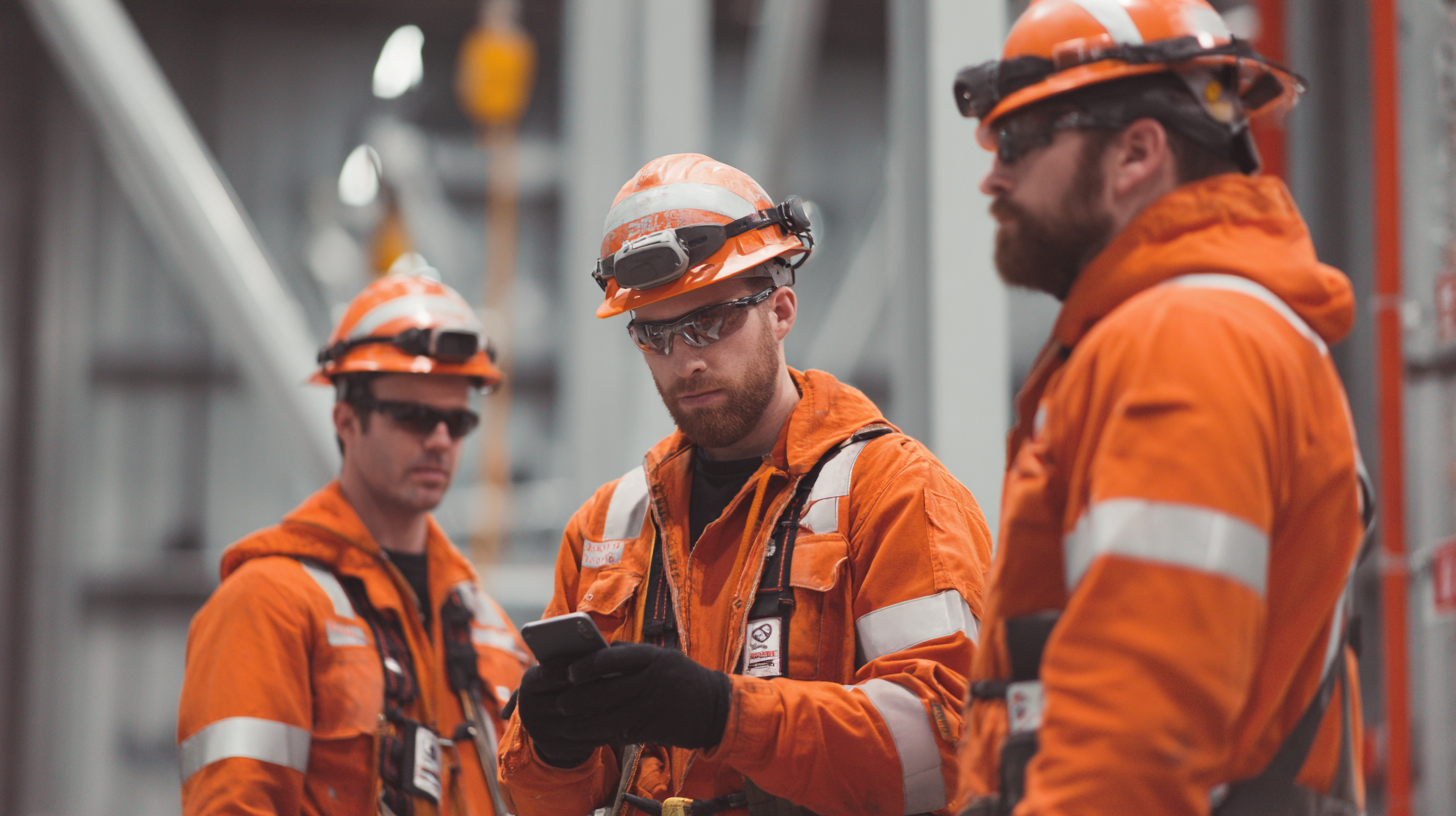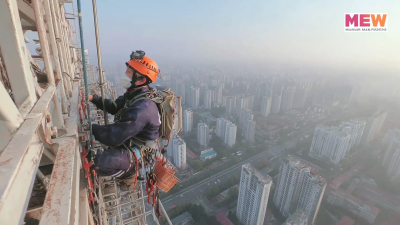Why Understanding Ansi A92 Mewp Standards is Essential for Safety Compliance
 In the realm of elevated work platforms, the ANSI A92 MEWP Standards serve as a critical framework that ensures safety compliance across the industry. According to a report by the The American National Standards Institute, improper use of mobile elevating work platforms (MEWPs) accounts for a significant portion of workplace accidents, with over 50% of these incidents resulting in serious injuries or fatalities. The ANSI A92 MEWP Standards were developed to address these risks by establishing guidelines that govern the design, maintenance, and operation of these machines.
In the realm of elevated work platforms, the ANSI A92 MEWP Standards serve as a critical framework that ensures safety compliance across the industry. According to a report by the The American National Standards Institute, improper use of mobile elevating work platforms (MEWPs) accounts for a significant portion of workplace accidents, with over 50% of these incidents resulting in serious injuries or fatalities. The ANSI A92 MEWP Standards were developed to address these risks by establishing guidelines that govern the design, maintenance, and operation of these machines.
As organizations strive to align with regulatory requirements and foster a culture of safety, understanding these standards becomes essential. By implementing the ANSI A92 MEWP Standards, businesses can not only enhance the safety of their workers but also minimize liability and operational costs, creating a more efficient and secure working environment. This article explores the importance of these standards and offers insights into how they contribute to improved safety practices in the workplace.
Importance of ANSI A92 MEWP Standards in Reducing Workplace Accidents
Understanding ANSI A92 MEWP standards is crucial for enhancing workplace safety and reducing accidents related to mobile elevating work platforms. According to the U.S. Bureau of Labor Statistics, falls remain one of the leading causes of workplace fatalities, accounting for approximately 33% of such incidents. The ANSI A92 standards provide comprehensive guidelines that aim to mitigate these risks by establishing stringent safety protocols for the use of MEWPs. These protocols not only encompass operational procedures but also emphasize the importance of proper training and equipment maintenance.
Furthermore, a report from the National Institute for Occupational Safety and Health (NIOSH) reveals that around 80% of MEWP accidents can be attributed to human error, often exacerbated by insufficient safety training. By adhering to the ANSI A92 standards, employers can implement effective training programs that enhance operator awareness, vehicle stability, and hazard recognition. Such measures significantly contribute to creating safer work environments, ultimately reducing the incidence of workplace accidents and promoting a culture of safety compliance within the industry.

Key Components of ANSI A92 Standards That Ensure Safe Operations
Understanding the key components of ANSI A92 standards is crucial for ensuring safety compliance in the operation of Mobile Elevating Work Platforms (MEWPs). Recent developments in lift equipment safety standards highlight the importance of incorporating advanced technologies, such as load sensing and tilt sensing, in scissor lifts and boom lifts. These innovations are designed to help operators remain within the designated capacity limits, thereby reducing the risk of accidents and enhancing overall safety.
Tips for safe operations include conducting thorough operator training to familiarize personnel with the features of new lifts, regularly inspecting equipment for compliance with ANSI A92 standards, and implementing strict protocols for working at height. Additionally, organizations should encourage a culture of safety where employees feel empowered to report unsafe practices or equipment issues.
By prioritizing ANSI A92 standards, equipment operators can decrease the likelihood of accidents associated with MEWPs. With an average of 26 construction worker fatalities annually linked to aerial lift usage, adhering to these safety standards is not just beneficial—it's essential. The implementation of these standards not only protects workers but also contributes to a safer workplace environment overall.
Understanding ANSI A92 MEWP Standards - Key Components for Safety Compliance
Understanding MEWP Classifications for Improved Safety Compliance
Understanding MEWP classifications is crucial for any organization that employs mobile elevating work platforms (MEWPs). With various types and applications, recognizing the differences among classifications helps ensure that operators are adequately trained and that the equipment is suited for specific tasks. The Ansi A92 standards categorize MEWPs into different classes—such as Vertical Mast Boom Lifts, Scissor Lifts, and Articulating Boom Lifts—allowing users to select the appropriate machine for their operation, thereby enhancing safety compliance.
**Tips:** Always ensure that operators are trained and familiar with the specific type of MEWP being used. Regular inspections and maintenance of the equipment are also essential to prevent accidents and ensure functionality.
Furthermore, understanding these classifications aids in risk assessment and mitigation strategies. Different MEWPs come with varying features, capacities, and operational guidelines. By employing the correct class for the job, organizations can minimize hazards, adhere to compliance regulations, and ultimately safeguard their workforce.
**Tips:** Incorporate safety briefings that emphasize the unique risks associated with each MEWP classification. Establish a checklist that highlights the essential safety measures before operation.
Why Understanding Ansi A92 Mewp Standards is Essential for Safety Compliance - Understanding MEWP Classifications for Improved Safety Compliance
| MEWP Classification | Maximum Working Height (m) | Maximum Platform Capacity (kg) | Typical Applications | Safety Compliance Features |
|---|---|---|---|---|
| Class 1 | 5.0 | 227 | Interior Maintenance | Fall Protection Systems |
| Class 2 | 8.0 | 340 | Construction Sites | Emergency Stop System |
| Class 3 | 12.0 | 450 | Outdoor Maintenance | Tilt Alarm |
| Class 4 | 15.0 | 680 | Heavy Duty Tasks | Load Monitoring Systems |
Statistics on MEWP-Related Accidents and the Impact of Standards
Understanding the statistics surrounding Mobile Elevating Work Platforms (MEWPs) is fundamental to realizing the importance of compliance with ANSI A92 standards. According to the Bureau of Labor Statistics, there were approximately 42 MEWP-related fatalities in the United States in a recent year, alongside thousands of non-fatal injuries. Notably, around 32% of these accidents were attributed to falls, suggesting a critical need for adherence to safety standards that specifically address fall protection and safe operating procedures.
Additionally, a report from the International Powered Access Federation (IPAF) highlights that wrong operation and lack of proper training are among the top reasons for MEWP-related accidents. The report indicates that adherence to standardized training protocols, as described in ANSI A92, could potentially reduce these incidents by over 50%. By focusing on compliance with these standards, companies can not only enhance the safety of their workers but also reduce the risk of costly accidents that can lead to litigation and increased insurance premiums.

Best Practices for Implementing ANSI A92 Standards in Safety Training
Implementing ANSI A92 standards in safety training is crucial for ensuring that all personnel are adequately prepared to operate
mobile elevating work platforms (MEWPs) safely. One effective practice is to incorporate hands-on training that emphasizes the specific capabilities and limitations of different MEWP types.
By providing operators with practical experience, they gain a deeper understanding of the equipment, which enhances their ability to respond to potential hazards in real-world scenarios.
Additionally, regularly updating training materials to reflect the latest ANSI A92 standards is vital. This includes not only the technical specifications but also changes in regulations and best practices.
Implementing periodic refresher courses can reinforce knowledge retention and ensure that operators stay informed about any updates.
Furthermore, fostering an open environment where workers can discuss safety concerns and share experiences contributes to a culture of safety, which is essential for compliance and overall operational efficiency.
Related Posts
-

China's Dominance in Manufacturing: The Rise of Best Mast Climbing Work Platforms (MEWPs)
-

Enhancing Future Safety: Cost-Effective Maintenance Solutions Beyond ANSI A92 MEWP Standards
-

Innovative Examples of Climbing Platforms Enhancing Safety and Efficiency in Industrial Applications
-

How to Enhance Safety with Mobile Elevated Work Platform Training
-

How to Effectively Install Top Climber Mast Climbing System for Your Construction Projects
-

Rising Above Tariffs How Chinese Manufacturing Thrives with Best Ansi A92 Mewp Standards
